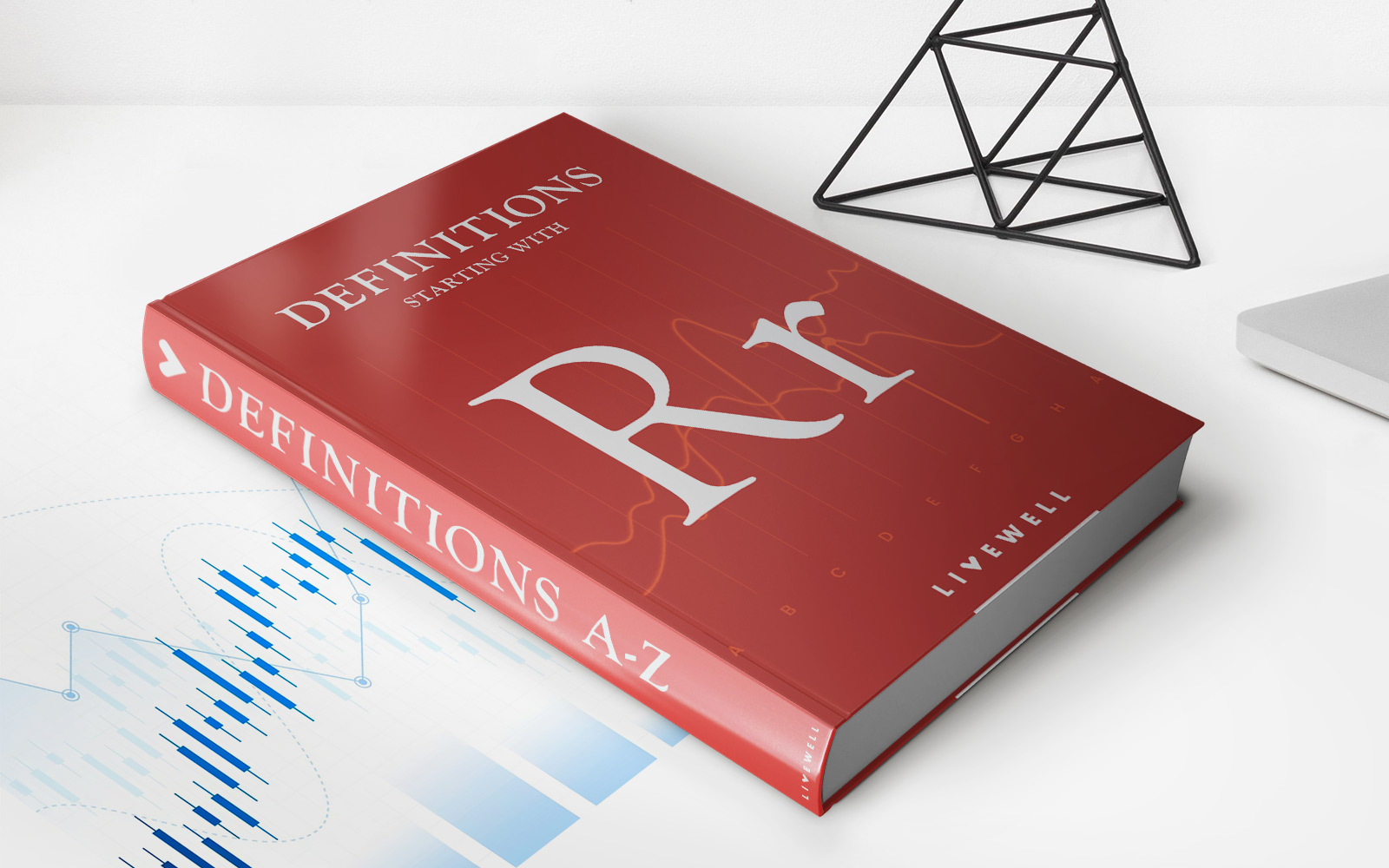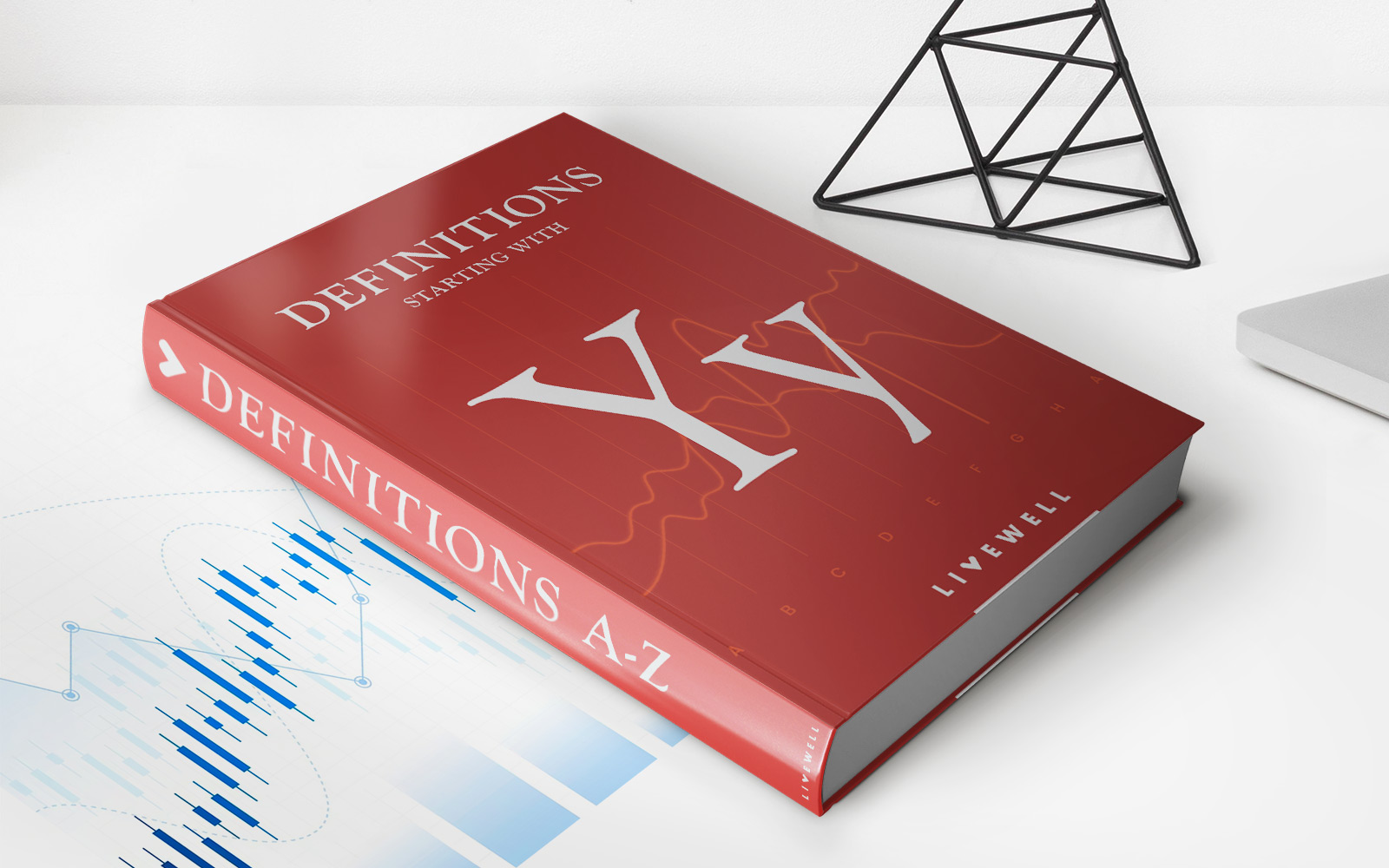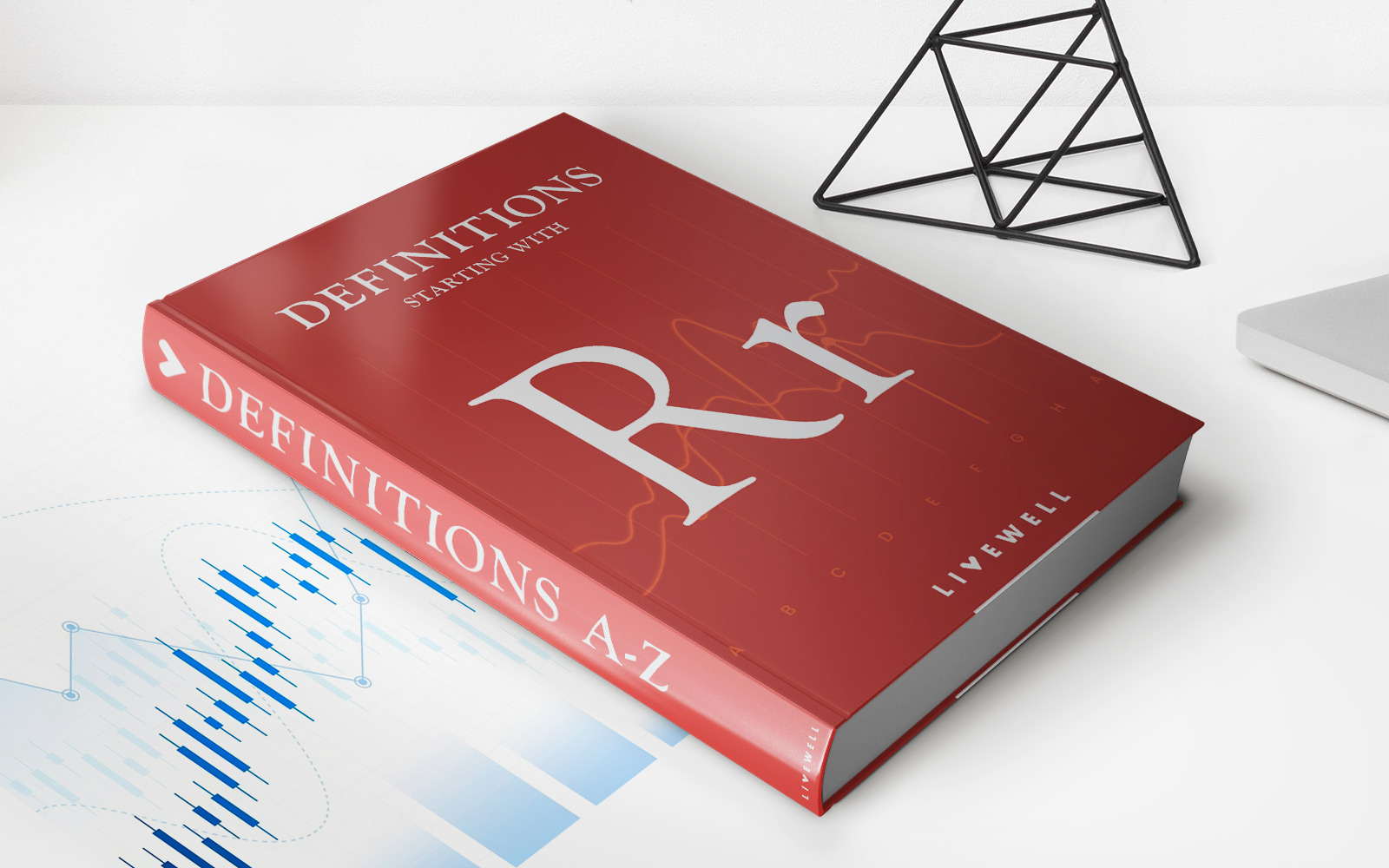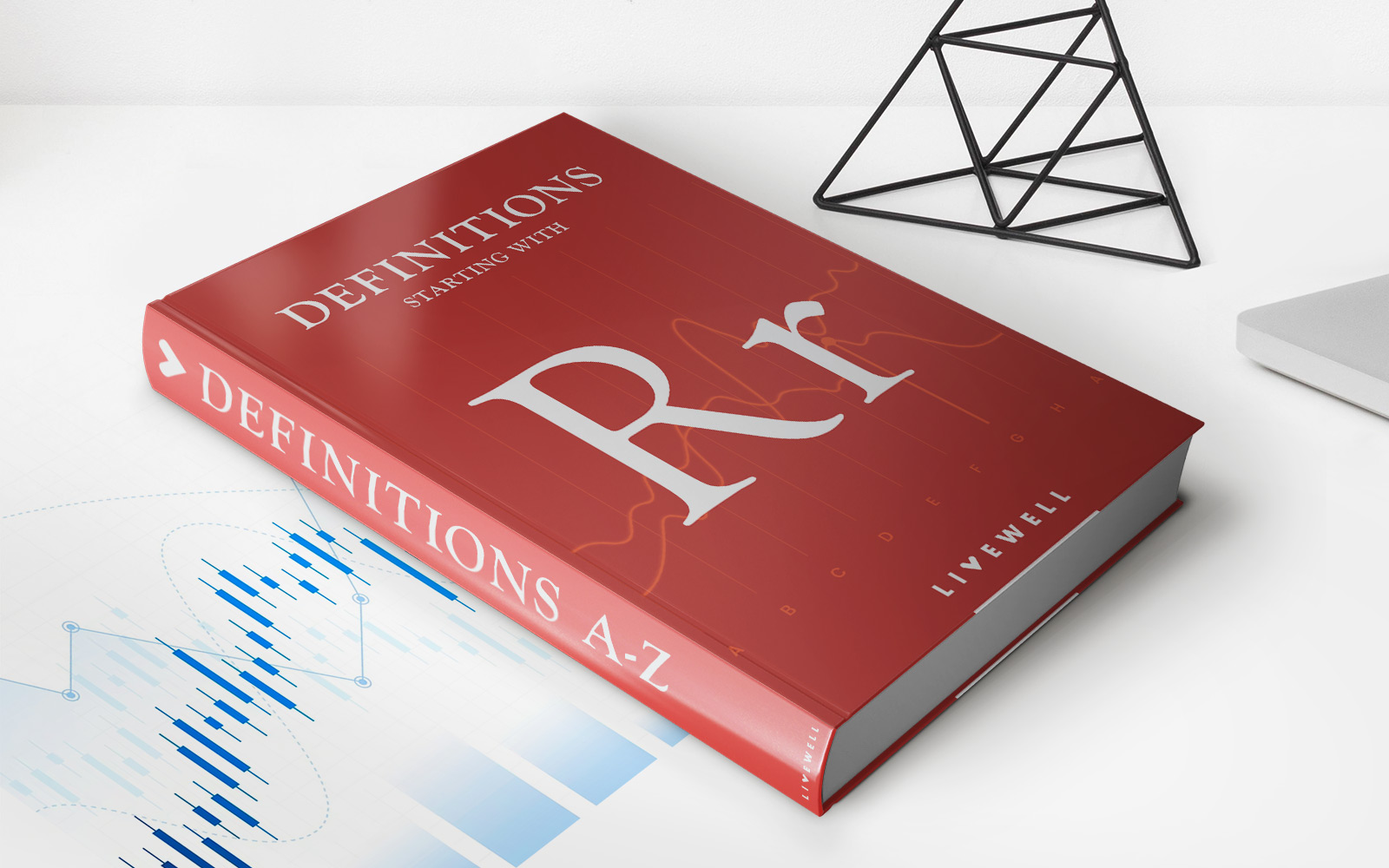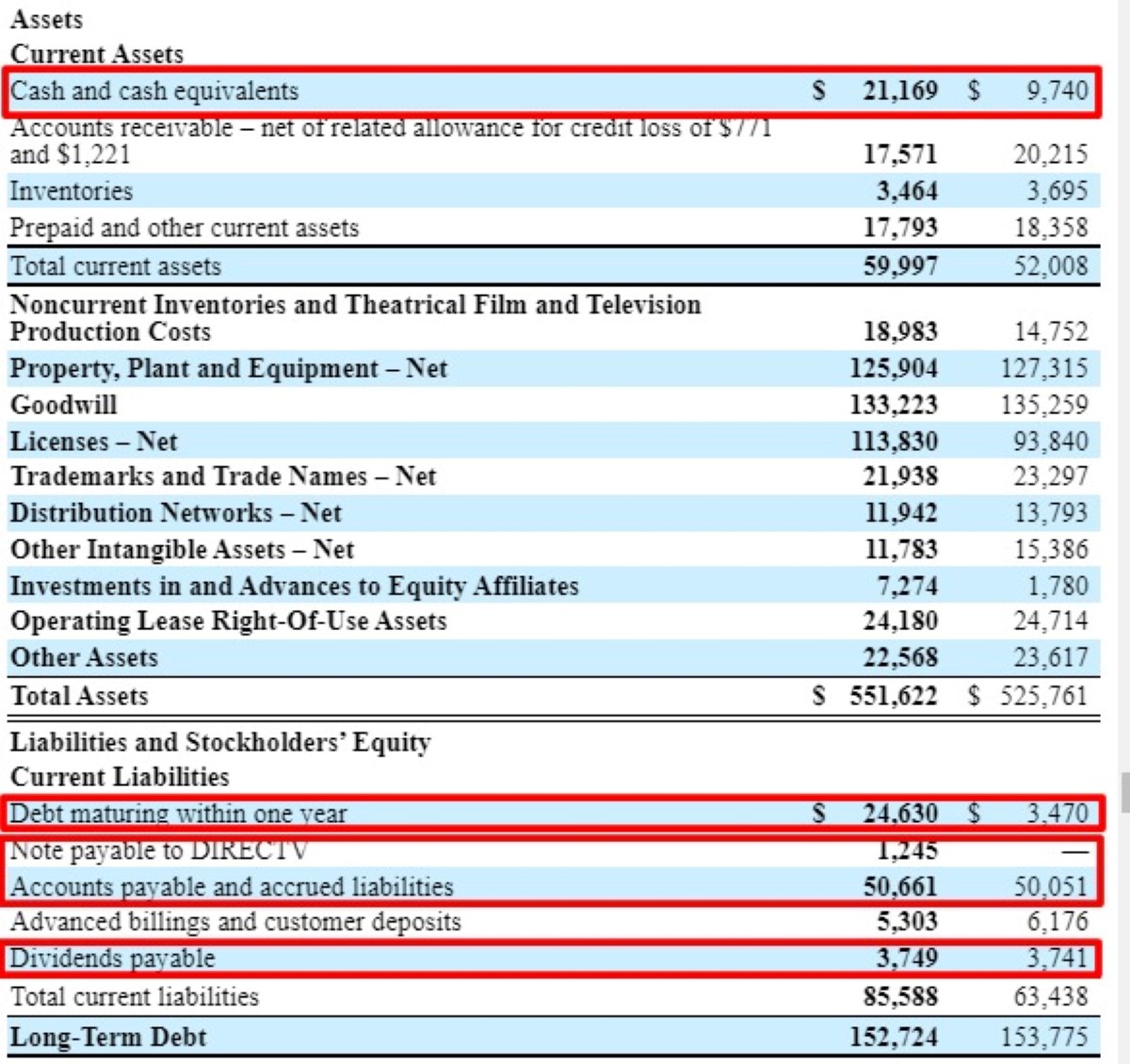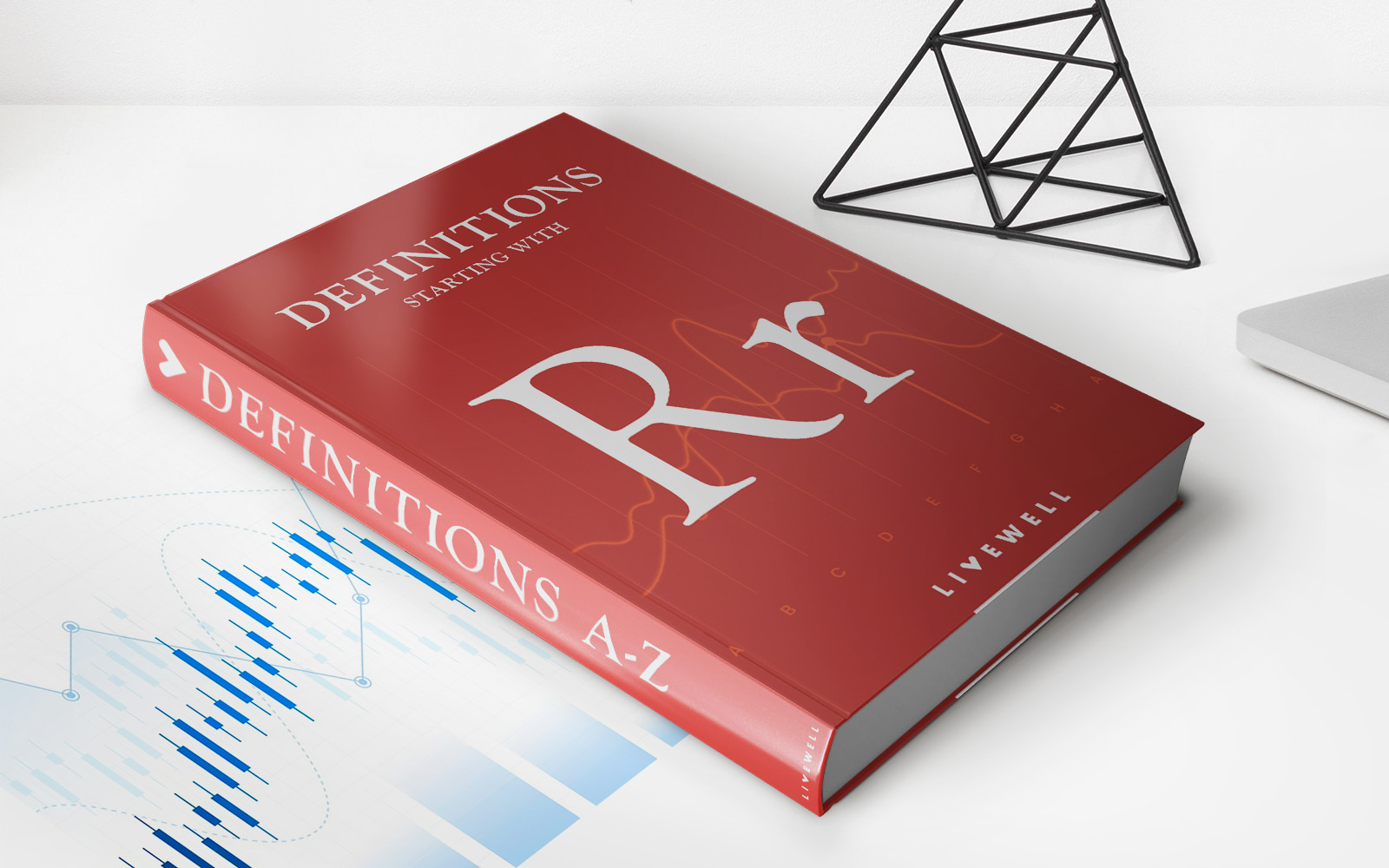

Finance
Risk-Based Haircut Definition
Published: January 21, 2024
Learn the meaning of risk-based haircut in finance and how it affects asset valuation and margin requirements. Gain insights into risk assessment and management strategies.
(Many of the links in this article redirect to a specific reviewed product. Your purchase of these products through affiliate links helps to generate commission for LiveWell, at no extra cost. Learn more)
Risk-Based Haircut Definition: Mitigating Financial Risks for a Brighter Future
Finance, in its essence, is all about managing risks and allocating resources wisely. Whether you’re an individual investor or working for a financial institution, understanding risk is crucial for making informed decisions. One such concept that plays a significant role in risk management is the risk-based haircut definition. In this article, we’ll delve into what risk-based haircuts are, why they matter, and how they can help mitigate financial risks.
Key Takeaways:
- Risk-based haircuts are a method used by financial institutions to determine the collateral value of assets held as security for loans or trades.
- These haircuts act as buffers, ensuring that the lender or investor is protected against potential losses due to market shifts, defaults, or other unforeseen events.
Understanding Risk-Based Haircuts:
When engaging in financial transactions, there is always a level of uncertainty involved. Risk-based haircuts provide a mechanism to account for this uncertainty by assigning a percentage reduction to the market value of the collateral held. This reduction acts as a buffer against potential losses and protects both lenders and investors from adverse market movements or default risks.
So, how is the risk-based haircut determined? It depends on various factors, including the type of asset, its liquidity, historical price volatility, and the time horizon of the investment. By applying these factors, financial institutions can assign a specific percentage or amount that represents the haircut. The higher the perceived risk associated with the asset, the greater the haircut.
The significance of risk-based haircuts lies in their ability to protect financial institutions and individuals from excessive risk exposure. By demanding collateral with a specific haircut percentage, lenders can reduce the risk of losing the full value of the loan in case of default. Similarly, investors can employ haircuts to manage their risk exposure when trading or holding assets.
The Benefits of Risk-Based Haircuts:
By implementing risk-based haircuts, financial institutions and investors can enjoy several advantages:
1. Risk Mitigation:
- Risk-based haircuts act as a safety net, mitigating potential losses and protecting against counterparty risks. They provide an added layer of security and assurance for both lenders and investors.
- Financial institutions can better manage liquidity risks by demanding higher haircuts for illiquid or volatile assets.
2. Fair Valuation:
- By assessing the market value of assets with haircuts, financial institutions can ensure fair valuations, avoiding overstatement of collateral values.
- Investors can gauge the acceptable risk associated with an asset, helping them make informed investment decisions.
3. Stability in Financial Markets:
- Through the use of risk-based haircuts, lenders and investors contribute to the stability of financial markets by reducing the potential impact of abrupt market movements.
4. Regulatory Compliance:
- Risk-based haircuts are often prescribed by regulatory bodies. Adhering to these requirements ensures compliance and helps prevent systemic risks in the financial system.
Conclusion:
Risk-based haircuts provide a foundation for managing financial risks effectively. They act as a protective shield against potential losses, ensuring stability and fair valuations in the market. By employing risk-based haircuts, financial institutions and investors can mitigate risks, make well-informed decisions, and contribute to a healthier and more resilient financial ecosystem.




